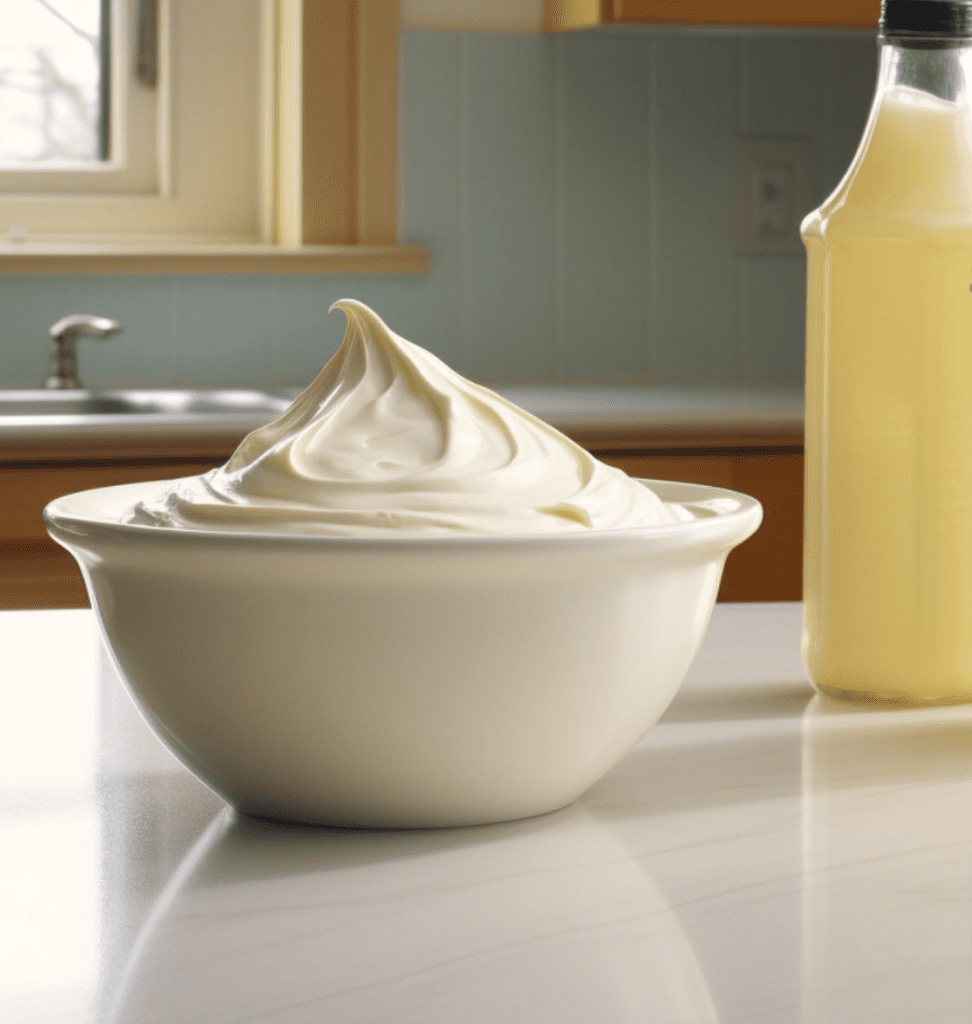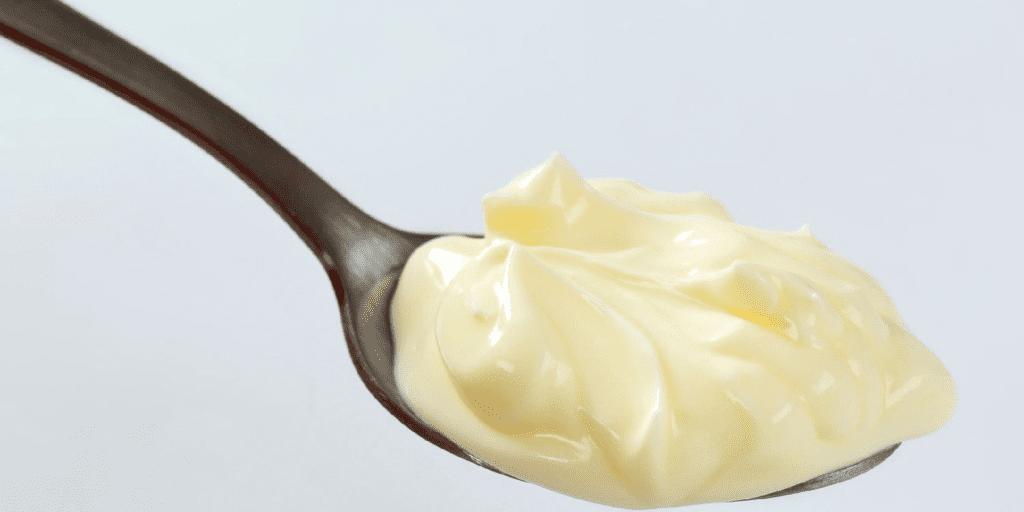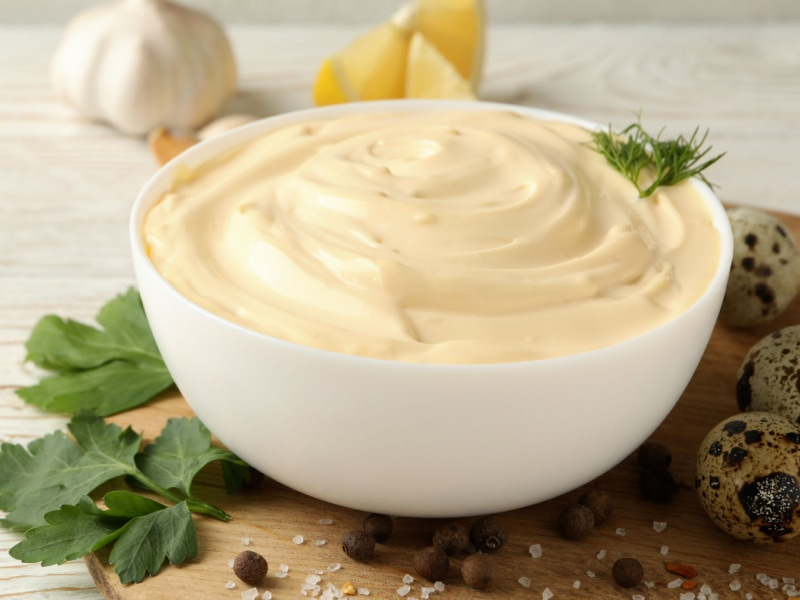Mayonnaise and Miracle Whip are two of the most common condiments used in sandwiches, salads, and various other recipes. While they might look similar and often get used interchangeably, they have distinct differences in terms of ingredients, taste, and nutritional content. Whether you prefer one over the other can have a significant impact on the outcome of your dish. In this article, we’ll break down the key differences between mayo and Miracle Whip, helping you make an informed choice the next time you’re at the grocery store.
Ingredients: Simple vs. Complex

The primary difference between mayonnaise and Miracle Whip lies in their ingredients.
- Mayonnaise is made from a few simple ingredients: oil, egg yolks, vinegar or lemon juice, and seasonings. This basic recipe is what gives mayo its rich, creamy texture and slightly tangy flavor. Different brands might tweak these ingredients a bit, but the core components remain the same.
- Miracle Whip, on the other hand, has a more complex ingredient list. In addition to the basics like oil and egg yolks, Miracle Whip contains high fructose corn syrup, modified cornstarch, and a proprietary blend of spices. These extra ingredients contribute to its unique sweet and tangy taste, which sets it apart from traditional mayonnaise.
Because of the additional ingredients, Miracle Whip is not legally considered mayonnaise in the U.S. The Food and Drug Administration (FDA) mandates that mayonnaise must contain a certain percentage of oil, and Miracle Whip doesn’t meet that requirement.
Taste and Texture: Creamy vs. Sweet and Tangy
Taste is one of the most noticeable differences between mayonnaise and Miracle Whip.
- Mayonnaise has a smooth, creamy texture with a neutral, tangy flavor. Its mild taste allows it to blend seamlessly with other ingredients, making it a versatile base for sauces, dressings, and spreads. You’ll often find mayo adding a subtle richness to foods without overpowering the other flavors.
- Miracle Whip, in contrast, offers a bolder flavor. It’s sweeter and tangier than mayo, thanks to its added sugar and spices. This can make Miracle Whip stand out more in recipes, giving dishes a sharper, more pronounced taste. Its texture is also slightly lighter and less thick than mayonnaise due to the different emulsification process used during production.
If you’re looking for something creamy and mild, mayonnaise might be your go-to. But if you want a condiment with a bit more zing, Miracle Whip could be the better option.
Nutritional Content: Calories and Fat vs. Sugar
When comparing the nutritional profiles of mayonnaise and Miracle Whip, there are some key differences to consider.
- Mayonnaise is higher in fat and calories because it contains a larger percentage of oil. Depending on the brand, a tablespoon of mayonnaise typically contains around 90 to 100 calories and 10 grams of fat. The fats in mayo are usually unsaturated fats, which can be part of a healthy diet when consumed in moderation.
- Miracle Whip is marketed as a lower-calorie alternative to mayonnaise. A tablespoon of Miracle Whip contains about 40 calories and only 3.5 grams of fat. While this might sound like a healthier choice for those watching their calorie or fat intake, it’s important to note that Miracle Whip compensates for the lack of fat by adding high fructose corn syrup and other sweeteners. This means that while you’re consuming less fat, you’re also taking in more sugar.
For those aiming to cut back on fat, Miracle Whip might seem like the better option, but the added sugars could be a concern, especially for people monitoring their sugar intake or following a low-sugar diet.
Usage in Recipes: Versatility vs. Flavor Boost

When it comes to cooking, both mayonnaise and Miracle Whip have their place, but they’re often used differently based on the flavor profiles they bring to a dish.
- Mayonnaise is valued for its neutral taste. Because it doesn’t compete with other flavors, it’s commonly used in recipes where you want the focus to be on the main ingredients, such as in potato salad, tuna salad, or as a base for aioli or dressings. Mayo is also ideal for recipes where creaminess is required without adding extra sweetness or spice.
- Miracle Whip offers more flavor and is often used in recipes where its sweetness and tang can enhance the dish. It’s a popular choice for sandwich spreads, coleslaw, and some pasta salads. The added sugar and spices in Miracle Whip can boost the overall taste, making it a favorite for people who prefer a condiment that stands out rather than blends in.
Brand Perception: Traditional vs. Specific
Mayonnaise and Miracle Whip also differ in terms of how they’re perceived by consumers and how they’re marketed.
- Mayonnaise is seen as a traditional staple condiment. Various brands offer their own take on mayo, and you can find versions made with different types of oils (such as olive oil or avocado oil) or low-fat and vegan options. Since mayo is so widely available and customizable, there are plenty of choices depending on your preferences for taste or dietary restrictions.
- Miracle Whip, on the other hand, is a brand-specific product made by Kraft Heinz. This means that while there are many brands of mayonnaise to choose from, there’s only one Miracle Whip. This consistency appeals to fans of Miracle Whip who enjoy its distinct taste and know what to expect from the product.
Conclusion: Which One Is Right for You?

While mayonnaise and Miracle Whip may seem similar at first glance, their differences in ingredients, taste, and nutritional content make them distinct products. If you prefer a neutral, creamy condiment that can blend easily into a variety of dishes, mayonnaise is likely your best bet. Its richness and versatility make it a staple in many kitchens.
On the other hand, if you’re looking for something with a bit more punch—something tangier and sweeter—then Miracle Whip could be the condiment for you. Its lower fat content and bold flavor might make it a more attractive choice for those looking to reduce fat intake while still enjoying a flavorful spread.
Ultimately, the choice between mayo and Miracle Whip comes down to personal preference and how you plan to use them in your cooking. Both have their strengths, and understanding the differences between them can help you make the right decision for your next meal or recipe.


